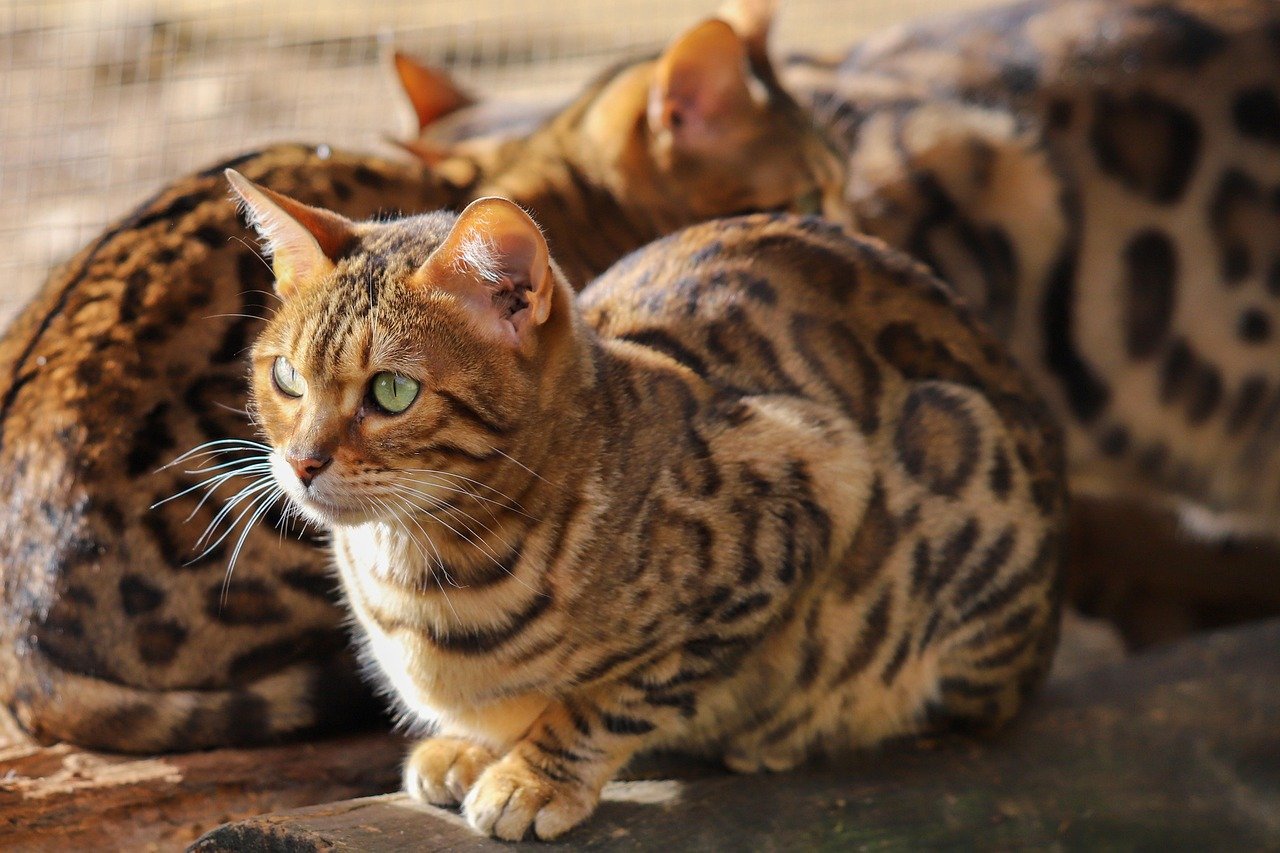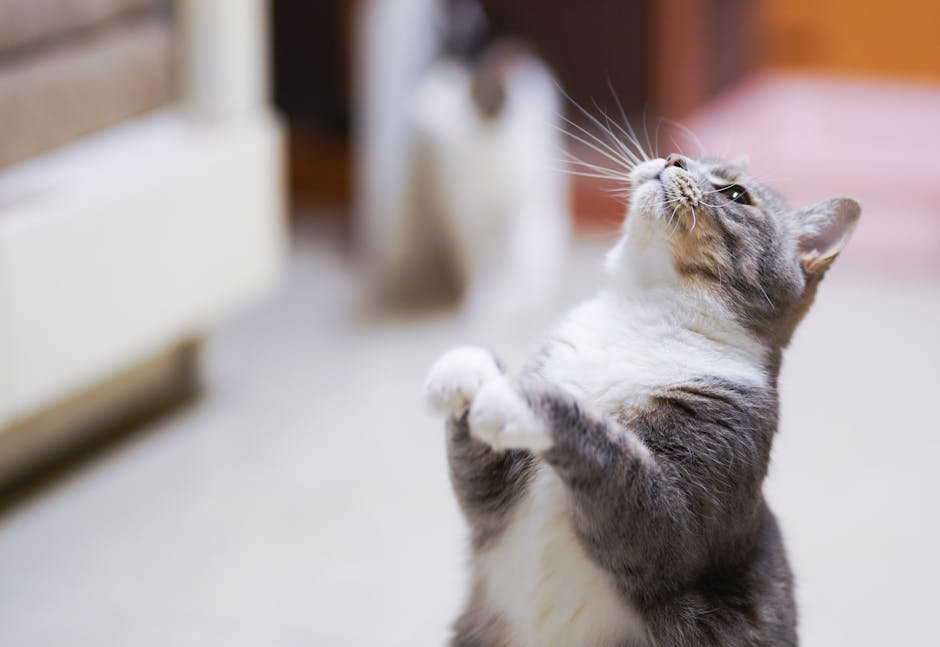Cats have long been enigmatic companions, fascinating humans with their peculiar behaviors and mysterious ways. This year, several groundbreaking studies have shed light on the intricacies of feline behavior, offering insights that every cat lover should know. From understanding their communication methods to uncovering the secrets of their social interactions, these studies provide invaluable knowledge for anyone who shares their life with a cat. Dive into these captivating discoveries that promise to deepen your bond with your furry friend.
The Silent Language of Cats: Vocalizations and Their Meanings
One of the most intriguing aspects of cat behavior is their ability to communicate without words. A recent study has delved into the various vocalizations cats use, revealing that each sound carries a specific meaning. Researchers found that the pitch and frequency of a cat’s meow can indicate different emotions, such as hunger, discomfort, or contentment. Interestingly, the study also discovered that cats adjust their vocalizations depending on the human they are interacting with, demonstrating a level of adaptability previously underestimated. Understanding these vocal cues can help owners respond more effectively to their cats’ needs, fostering a harmonious relationship.
Decoding the Cat Gaze: What Those Stares Really Mean
Anyone who has ever owned a cat knows the intensity of their gaze. This year, a study focused on understanding what those prolonged stares signify. Contrary to popular belief, a cat’s gaze is not always a sign of aggression or challenge. Researchers found that cats often use their eyes as a way to communicate affection and trust. A slow blink, often referred to as a “cat kiss,” indicates that a cat feels safe and comfortable in its environment. By reciprocating this gesture, owners can reassure their cats and strengthen their bond, transforming a simple gaze into a meaningful interaction.
Unraveling the Mystery of the Midnight Zoomies

Many cat owners are familiar with the sudden bursts of energy their pets exhibit, often during the night. A recent study has explored the reasons behind this seemingly erratic behavior, commonly known as the “zoomies.” The research suggests that these episodes are a natural outlet for pent-up energy, particularly in indoor cats who lack the opportunity for regular exercise. Additionally, the study highlights the importance of providing cats with ample playtime and stimulation during the day to help mitigate these nighttime adventures. Understanding the root cause of the zoomies can lead to a more restful night for both cats and their owners.
Social Butterflies: The Changing Dynamics of Cat Friendships
Cats have long been stereotyped as solitary creatures, but a groundbreaking study has challenged this notion by examining the social dynamics among feline groups. The research revealed that cats are capable of forming complex social bonds, not only with humans but also with other cats. These bonds are influenced by factors such as personality, previous experiences, and environmental conditions. Interestingly, the study found that cats often choose companions with whom they share similar traits, much like humans do in friendships. This understanding can help cat owners create more harmonious multi-cat households by considering the personalities and preferences of each feline member.
The Hidden World of Feline Scent Communication

Cats have an extraordinary sense of smell, which plays a crucial role in their communication. A recent study has unveiled the intricate ways in which cats use scent to convey information and establish territories. Researchers discovered that cats have scent glands in various parts of their bodies, including their paws and cheeks, which they use to mark objects and people. This scent marking serves as a way to communicate their presence and establish boundaries. By recognizing and respecting these scent markers, owners can create a more comfortable environment for their cats, reducing stress and promoting a sense of security.
Understanding Feline Play Behavior: More Than Just Fun and Games

Play is a vital aspect of a cat’s life, contributing to their physical and mental well-being. A recent study has explored the various types of play behavior exhibited by cats, revealing that each form serves a distinct purpose. For instance, stalking and pouncing mimic hunting behavior, helping cats hone their instincts and coordination. Social play, on the other hand, fosters bonding and communication with other cats and humans. The study emphasizes the importance of providing cats with diverse play opportunities to cater to their natural instincts. By engaging in regular play sessions, owners can enhance their cats’ quality of life and strengthen their relationship.
The Role of Routine in a Cat’s Life: Stability Amidst Chaos
Cats are creatures of habit, thriving on routine and predictability. A study published this year has highlighted the significance of maintaining a consistent schedule for cats, particularly in terms of feeding and interaction. The research found that disruptions in routine can lead to stress and anxiety, affecting a cat’s behavior and health. By establishing a regular routine, owners can provide their cats with a sense of stability and security. This understanding can be especially beneficial for cats in new environments or those experiencing changes in their living situation, as a familiar routine can help ease the transition.
In conclusion, these recent studies offer a wealth of knowledge that can enhance the lives of both cats and their owners. By understanding the nuances of feline behavior, we can foster deeper connections and create a more harmonious living environment for our furry companions. These insights not only demystify the world of cats but also celebrate the unique bond between humans and their feline friends.

Growing up traveling and experiencing new cultures and wonders, I have had a passion for nature, adventuring, photography, and videography. I am currently working towards a BSc in Biodiversity and Ecology at Stellenbosch University, and I hope to specialise in Marine Sciences one day.
Please send any feedback to Feedback@animalsaroundtheglobe.com






